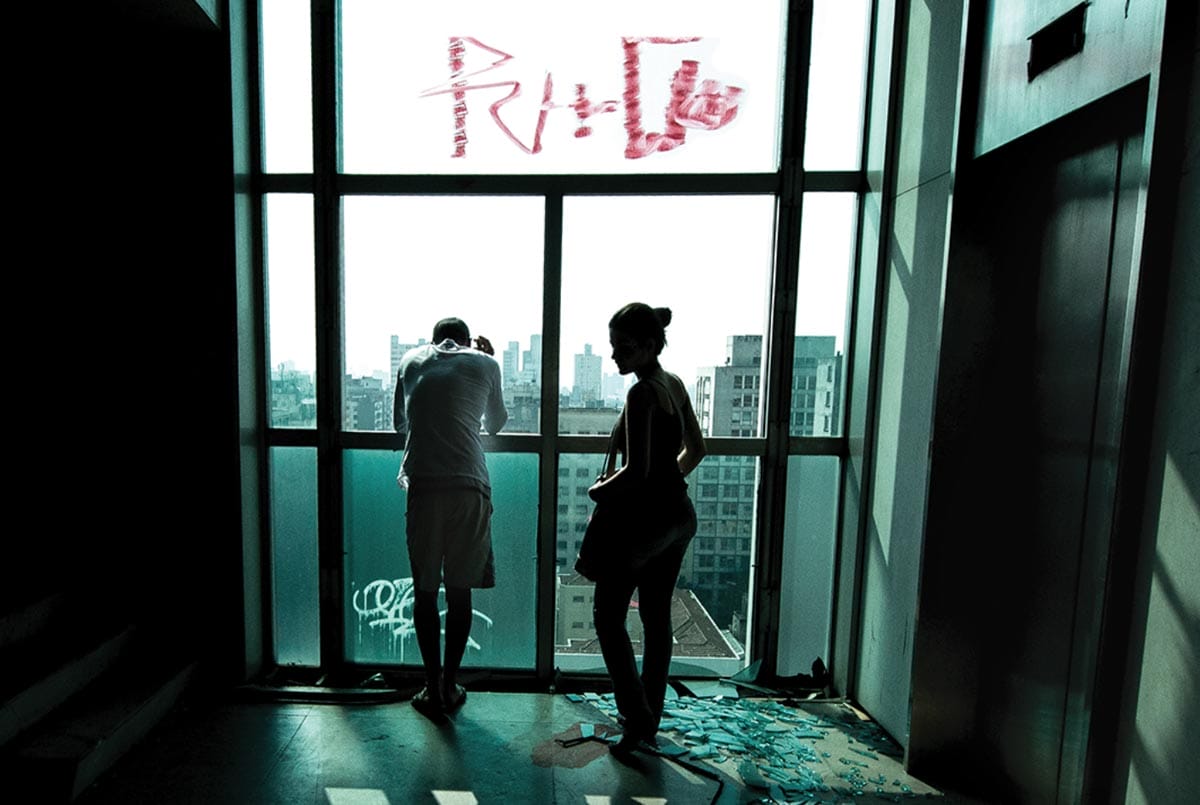
The more I learn about you, the less I know you. I come back to Brazil searching for you in the work you created and find the ruins of your dreams—a shadow of what once was.
Denise Zmekhol
In Skin of Glass, filmmaker Denise Zmekhol uses her father’s masterwork—the Pele de Vidro (skin of glass) building in downtown São Paulo—as a lens. Through the history of this monumental piece of modernist architecture, she explores her relationship with her late father—architect Roger Zmekhol—and to the political and economic history of Brazil since the building’s creation in 1961.

The Vilcek Foundation is proud to host Zmekhol as part of our New American Perspectives program at the 2023 Hawai’i International Film Festival. The program celebrates immigrant and first-generation artists’ contributions to cinema in the United States. The foundation and HIFF will present screenings of Skin of Glass followed by Q&A with the filmmaker on Thursday, October 19, and Saturday, October 21, at the Consolidated Kahala Theatre in Honolulu.

Documenting and Reflecting
Denise Zmekhol recalls that it was her father who first gave her a camera when she was a child—a tool for documenting and reflecting on the world.
Since 2002, Zmekhol has used film to capture the stories of disenfranchised people and communities—people whose lives have been ruptured by political and economic forces in Brazil and the United States. In Children of the Amazon, Zmekhol explores the lives of tribal members in the Amazon as the forest they have called home—and their way of life—are rapidly changing as a result of deforestation and political corruption.

Pele de Vidro
In 2017, Zmekhol returned to the country of her birth, Brazil, intent on learning about the history and life of the Pele de Vidro. The monumental 24-story glass curtain-wall was conceived during Brazil’s golden age of architecture – a time of great hope and optimism, which the building embodied. The dark years of a U.S.-backed military dictatorship followed from 1964 to 1985—the longest in Latin America. The Federal Police occupied the building until after democracy was restored to Brazil, leaving in 2003.
The Pele de Vidro was left abandoned and neglected for years, and in 2014, it became occupied by hundreds of homeless families. With curiosity and care, Zmekhol reflects on the building, once described as “the great mirror of Brazil, in which everyone must look at themselves,” and on the right to housing as upheld by Brazil’s constitution.






Through the fractured surface and history of the Pele de Vidro, Zmekhol explores the building’s life, function, and meaning—to architects and designers, to cultural historians, and to housing activists and the families who live there. Artistic preservation and housing rights are presented with equal weight—not in opposition with one another, but as coexisting meditations on the purpose and function of architecture.
The concepts of home, belonging, and identity kindle Zmekhol’s explorations. They ignite as the building is engulfed in flames and collapses in May 2018. Amid the ashes, the filmmaker speaks with the building’s residents, reflecting on the arcs of hope and despair in the collective histories of the Pele de Vidro, São Paulo, and Brazil.
Related News
Documentary Filmmaker Ramona Diaz Speaks Truth to Power

Van Tran Nguyen’s “The Motherload” skewers the absurdity of war films

Sasha Rainbow’s “Grafted” pierces body horror with social commentary

You may also be interested in
Hawai'i International Film Festival

Hawai'i International Film Festival

Hawai'i International Film Festival
